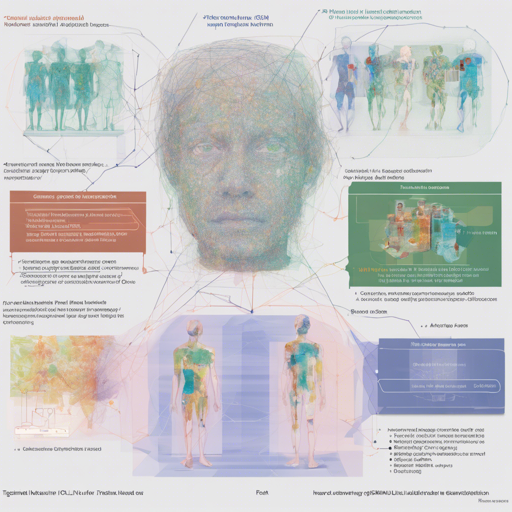The paper titled Learning Discriminative Features with Multiple Granularities for Person Re-Identification presents an innovative approach to improving person re-identification using a multi-granularity network structure. If you’re passionate about exploring this futuristic technology using PyTorch, this article will guide you through the reproduction of this work. Let’s dive in!
Getting Started
- Prerequisites: Make sure you have Python 2.7 and PyTorch 0.4 installed as the code is tested specifically with these versions.
- Datasets Needed: You’ll need the Market-1501 dataset. Make sure you have it downloaded to your specified root directory for your implementation.
File Overview
The reproduction consists of several key components that work together, much like parts of a vehicle that each serve a unique function, yet all are essential for smooth operation:
mgnmgn.py: This file contains the implementation for the Multiple Granularity Network – the heart of our project.mgnide.py: This serves as the baseline model based on ResNet-50, adapted from the Person reID baseline PyTorch.mgntriplet.py: Here, you’ll find the implementation for the triplet semi-hard sample mining loss – akin to the brakes in a vehicle, necessary for accurate learning.mgnmarket1501.py: This script handles data loading and preprocessing specifically for the Market-1501 dataset.
Implementing the Reproduction
Now let’s discuss the steps to reproduce the Multiple Granularity Network:
- Clone the repositories mentioned and place all the necessary files in a single directory.
- Set up your environment with the specified versions of Python and PyTorch.
- Load the Market-1501 dataset and ensure it’s accessible in your project directory.
- Run the
mgnmgn.pyfile to begin training the model.
Current Progress and Results
As of April 28, 2018, the results of the current implementation are as follows:
- mAP (Mean Average Precision): 0.579464
- Rank-1 accuracy (r@1): 0.798694
- Rank-5 accuracy (r@5): 0.909739
- Rank-10 accuracy (r@10): 0.938539
Troubleshooting Common Issues
While setting up your Multiple Granularity Network, you may encounter some hiccups. Here are some troubleshooting tips to guide you through:
- Issue: Errors regarding incompatible package versions.
- Solution: Ensure your Python and PyTorch versions align with those stated in this reproduction. You might also want to create a virtual environment to isolate dependencies.
- Issue: Problems loading the dataset.
- Solution: Double-check the directory’s path where your Market-1501 dataset is stored, ensuring it follows the expected structure.
- Issue: Unexpected runtime errors.
- Solution: Try examining the stack trace for hints on what might be causing the issue; common errors may be due to incorrect file paths or incompatible data formats.
For more insights, updates, or to collaborate on AI development projects, stay connected with fxis.ai.
Final Thoughts
Through this reproduction, we stand on the shoulders of giants, exploring new territories of person re-identification methodologies. At fxis.ai, we believe that such advancements are crucial for the future of AI, as they enable more comprehensive and effective solutions. Our team is continually exploring new methodologies to push the envelope in artificial intelligence, ensuring that our clients benefit from the latest technological innovations.

